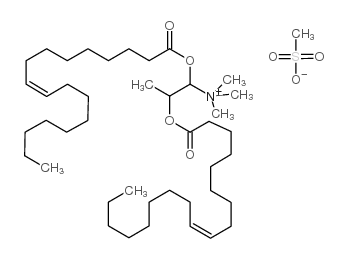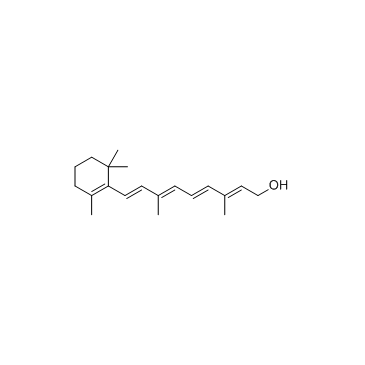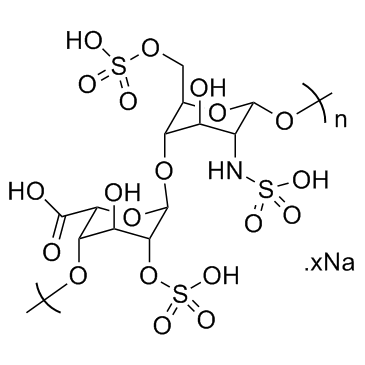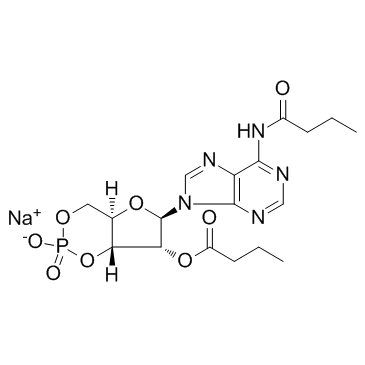| Structure | Name/CAS No. | Articles |
|---|---|---|
 |
L-(+)-Lysine monohydrochloride
CAS:657-27-2 |
|
 |
L-Lysine hydrochloride
CAS:10098-89-2 |
|
 |
DOTAP Transfection Reagent
CAS:144189-73-1 |
|
 |
Vitamin A
CAS:68-26-8 |
|
 |
Heparin sodium
CAS:9041-08-1 |
|
 |
Bucladesine (sodium salt)
CAS:16980-89-5 |